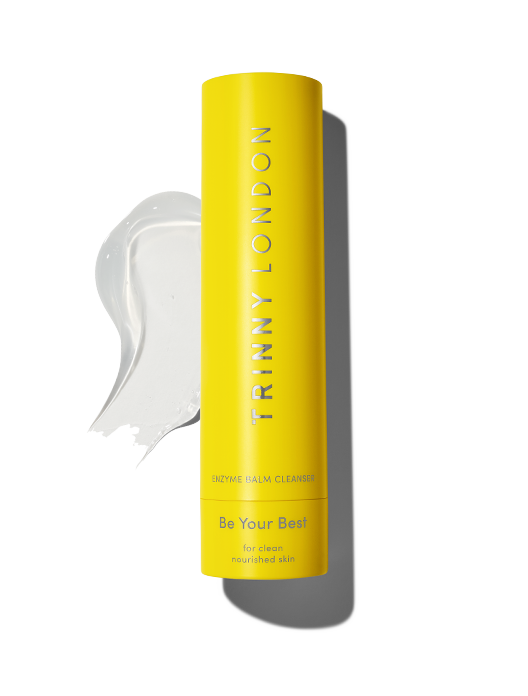
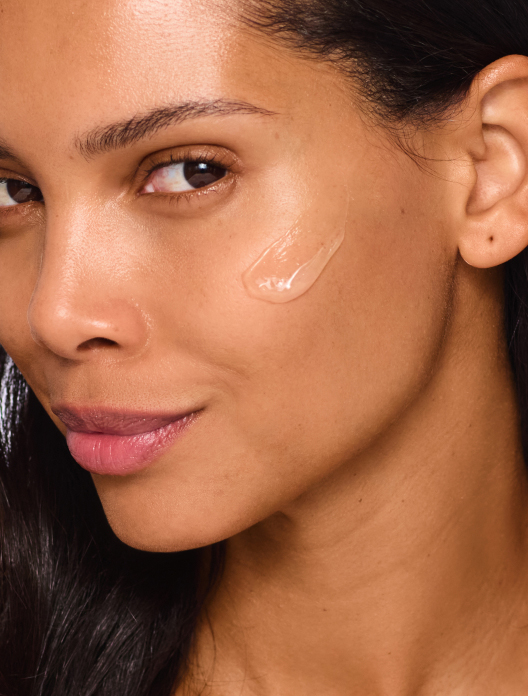
Be Your Best
Oil-based transforming cleanser for clean, nourished skin, suitable for all skin types
Free standard delivery on orders over $100

Everyone’s skin is different, but all complexions can be roughly categorised into four key skin types: oily, dry, combination and normal. Unlike dry skin which has a lack of oil (also known as sebum) oily skin has a surplus, which means there’s more oil than needed on the skin’s surface. This is reflected in its appearance, and oily skin tends to have a visible shine or sheen to it – especially around the t-zone (forehead, nose, chin) where the majority of our complexion’s oil glands sit. Those with oily skin may find themselves more prone to breakouts, as the more oil present on the skin, the more likely it is to combine with dead skin cells and create a blockage. The upsides to having oily skin (and trust us, they’re good ones) are that it tends to look plumper and feel more comfortable than dry complexions.
Your skin type is mainly determined by genetics, but there are other factors that can cause oily skin. “Hormones have a significant role in oil production,” explains Consultant Dermatologist Dr Justine Hextall. “Specifically androgens – the group of testosterone-related hormones that increase around puberty and can become more prominent around peri-menopause. Over-stripping our skin to the point of causing dryness and irritation can also see an increase in oil production to compensate.” This leads us nicely on to precisely why oily skin needs a moisturiser…
If you’re thinking that an abundance of sebum means that oily skin doesn’t need a moisturiser, we need to talk about the difference between dryness and dehydration. Skin that’s lacking in oil is dry, whereas skin that’s lacking in water is dehydrated. It’s therefore possible that skin can be both rich in oil and low on water – AKA oily and dehydrated all at once. Using a moisturiser will not only help to support the all-round health of your skin, but ensure it is hydrated enough to function at its best. “Oily skin still needs to be hydrated,” says Dr Hextall. “If you don’t hydrate oily skin it can produce more oil to compensate – which is not ideal if you’re acne prone.”
So, instead of skipping moisturiser altogether, think instead about the kind of moisturiser you’re using. The best type of moisturiser for oily skin is one that has been formulated with your skin type in mind, with non-pore-clogging ingredients and a lightweight texture. “Don’t use oil,” advises Dr Hextall. “I know there was previously a trend for recommending oil-based emollients for this skin type, with the aim of reducing oil production, but I have not seen any evidence for this approach. I would look instead for skin-quenching ingredients, such as water and humectants like hyaluronic acid and glycerin. I like light, water-based emollients that calm and hydrate the skin without being comedogenic.” Think of it like this – you don’t need a big, thick duvet on an already warm night, but you probably do still want a lightweight cover or sheet for comfort. It would feel quite dramatic to decide that you no longer needed any kind of bedding just because you weren’t feeling cold. The same goes for moisturisers – it’s just about finding the right formulation for the job.
Ok, we’ve established that oily skin certainly does need a moisturiser – but what about the rest of your routine?
Proper cleansing is the foundation on which skin good is built. Get this important step right, and everything that follows will fall into place much easier – and work much harder. For oily skin, a key aim is making sure that skin feels fresh, not congested or coated. Double cleansing at night is a brilliant way to decongest the skin. Your first cleanse (ideally with a balm cleanser) will melt away the day’s worth of makeup, SPF and grime off of your skin, allowing your second cleanse (ideally with a lightweight gel cleanser) to give your skin a really good clear-out. Come morning, just one cleanse with your preferred cleanser will be enough to set your skin up for the day.
Blemishes form when old skin cells and oil block a hair follicle. So, if we can keep the amount of these redundant skin cells on the surface of the skin to a minimum, then breakouts are less likely to occur. Enter beta-hydroxy acids such as salicylic acid. They break down the bonds that hold onto dead skin cells, whisking them away and out of the equation. If you’re new to liquid exfoliants, introduce them to your routine slowly (twice a week to begin with) and build up to nightly use.
Niacinamide is the ingredient to look out for when it comes to helping stabilise the amount of oil on the skin. Incorporating it into your routine via a serum or moisturiser is a smart way to take advantage of its balancing benefits. It’ll earn extra brownie points on breakouts too, working to soothe red, angry spots.
Shop the article


Oil-based transforming cleanser for clean, nourished skin, suitable for all skin types
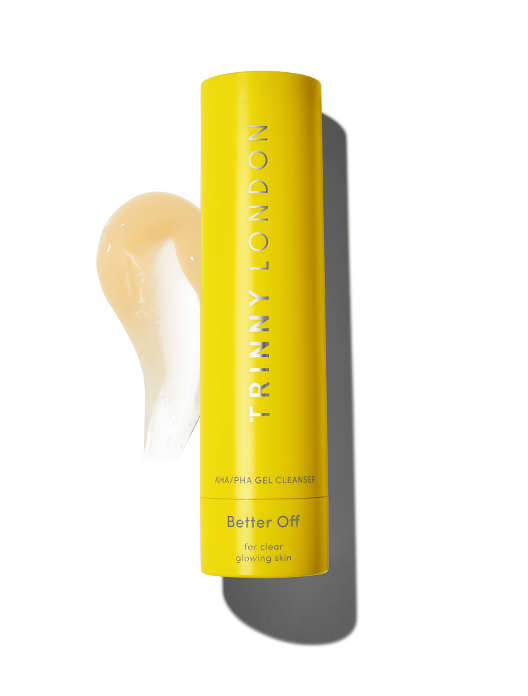
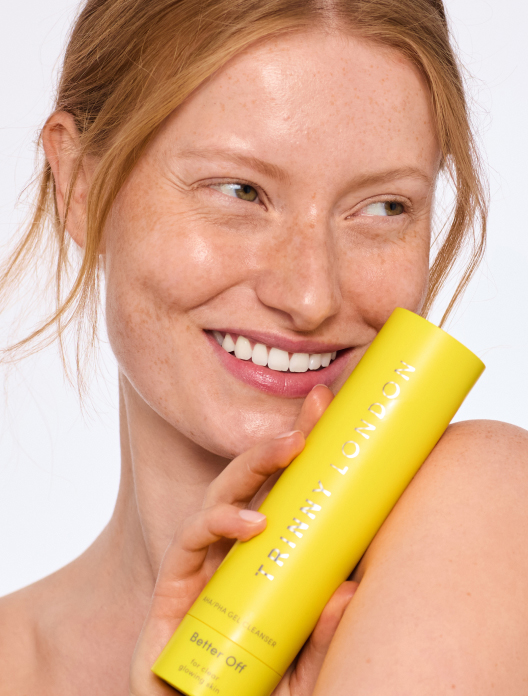
Exfoliating gel cleanser for clear, glowing skin, suitable for all skin types
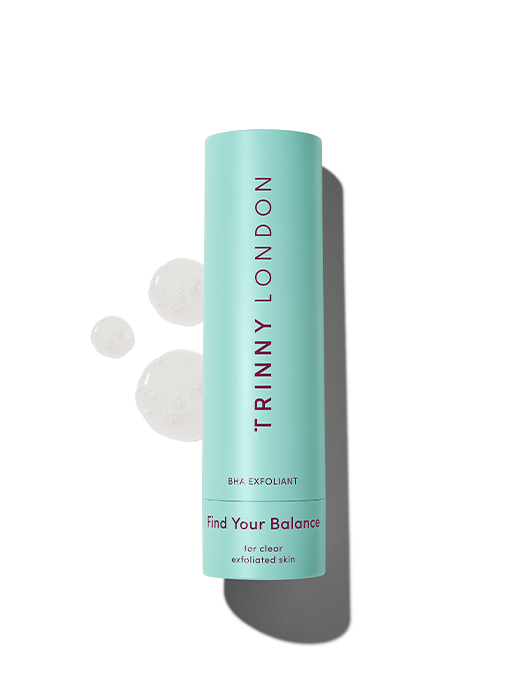
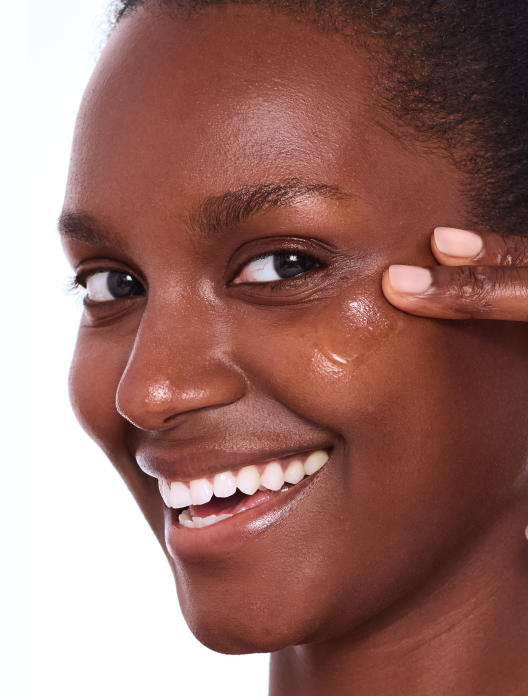
Clarifying complex to tackle blemishes
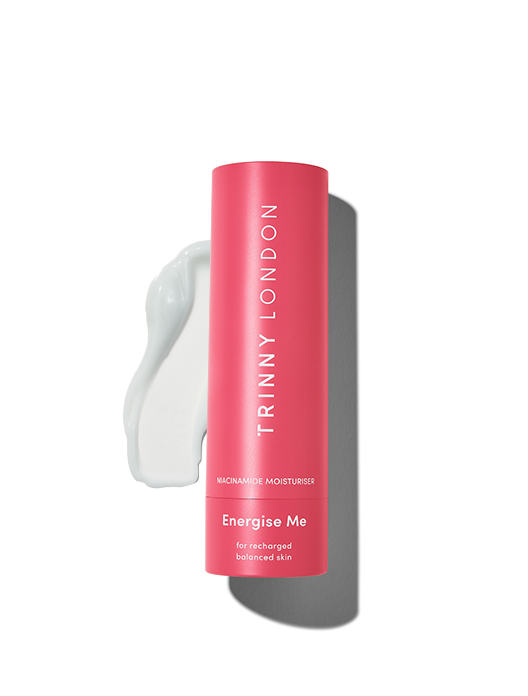
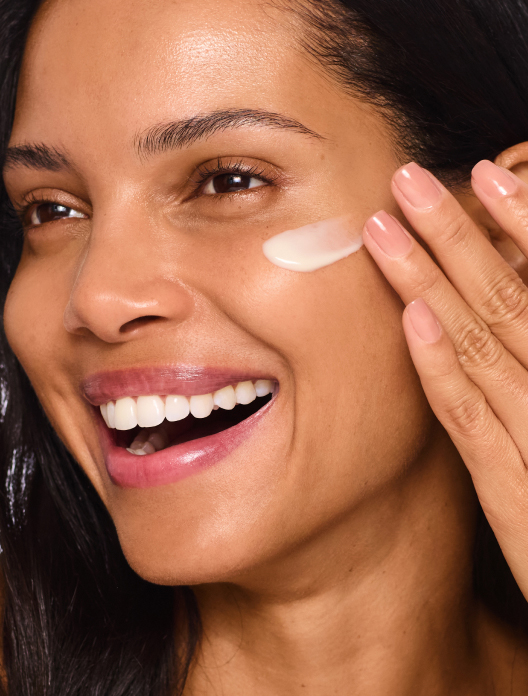
Niacinamide moisturizer mini for clear, energized skin, suitable for normal to oily skin
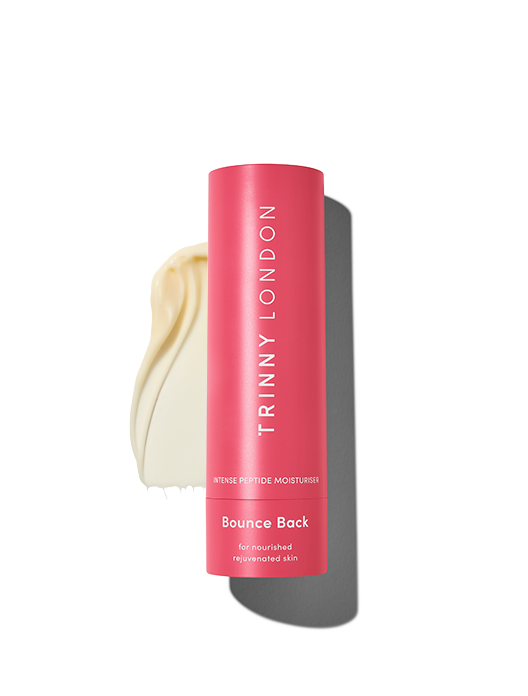
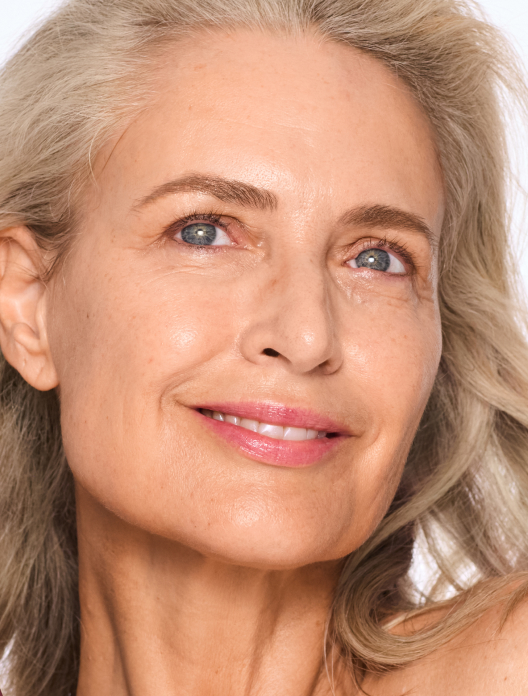
Intense peptide moisturizer for plump, bouncy skin, suitable for normal to dry skin
Read, watch and be inspired...